SQSTM1 Target Analysis Report Summary


About the Target
Based on the provided context information, the following key viewpoints can be extracted regarding SQSTM1:
SQSTM1 is involved in the clearance of protein waste material through autophagy and proteasomal degradation [1].
Impaired autophagy can contribute to the formation of drusen and age-related macular degeneration (AMD) [1].
SQSTM1 plays a role in selective autophagy processes such as pexophagy, aggrephagy, and inflammasomophagy [2].
Phospho-p62 can competitively interact with Keap1, leading to the translocation and activation of Nrf2 [3].
Morphine can inhibit mitophagy by suppressing the recruitment of Parkin to damaged mitochondria and interrupting the recognition of autophagosomes [4].
Sirt1 up-regulation can lead to p62 accumulation and contribute to hepatocellular carcinogenesis [5].
These viewpoints provide a comprehensive understanding of the multiple roles of SQSTM1 in autophagy, protein clearance, and disease processes.
Based on the provided context information, the key viewpoints related to SQSTM1 (also known as p62) are as follows:
Autophagy Inhibition and EMT: Autophagy inhibition induces epithelial-to-mesenchymal transition (EMT) in lung alveolar epithelial cells through the up-regulation of Snail2, indicating that this effect is likely dependent on the cellular context [6]. Autophagy plays a role in managing oxidative and proteotoxic stress, and impairment of p62 oxidation can result in less autophagy induction under such stress conditions [7].
Age-Related Alveolar Injuries: Repetitive local micro-injuries to aging alveolar epithelium can lead to persistent activation of alveolar epithelial cells, which secrete profibrogenic factors and drive local myofibroblast differentiation [6]. This implies that the accumulation of local injuries in aging lungs may contribute to fibrotic processes.
NRF2 and Cellular Processes: NRF2 plays a role in controlling primary ciliogenesis and the Hedgehog signaling pathway through distinct mechanisms, including the up-regulation of PTCH1 and increased expression of p62/SQSTM1, respectively [8]. The dysregulation of NRF2 and p62 may impact primary cilia formation and Hh signaling.
Role of p62 in Mitophagy: The multivalent interaction of p62 and the protein Nur77 triggers phase separation, which sequesters damaged mitochondria and directs cargo mitochondria to the autophagic machinery [9]. This suggests that p62 plays a role in mitophagy, the selective degradation of mitochondria through autophagy.
p62 Signaling and Osteoblastogenesis: The p62-ZZ domain pathway, activated by MM cells or TNFalpha plus IL7 stimulation, can lead to downstream signaling involving NFkappaB and p38 MAPK [10]. Inhibition of the p62-ZZ domain by XRK3F2 prevents transcriptional repression of the Runx2 gene by GFI1, thereby promoting osteoblastogenesis.
In summary, p62 (SQSTM1) appears to have multiple roles and interactions in cellular processes such as autophagy, EMT, fibrosis, mitophagy, and osteoblastogenesis. It is involved in response to oxidative and proteotoxic stress, and its dysregulation may contribute to age-related lung injuries and other pathological conditions. Further research is needed to fully understand the mechanisms and potential therapeutic implications of p62/SQSTM1 in these processes. [6][7][8][9][10]
Figure [1]

Figure [2]

Figure [3]
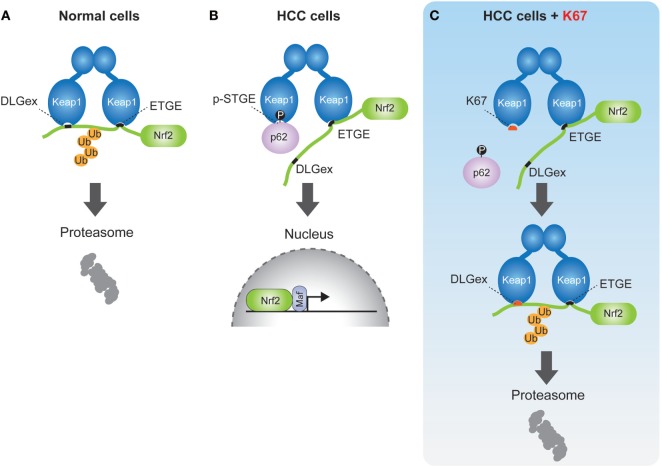
Figure [4]
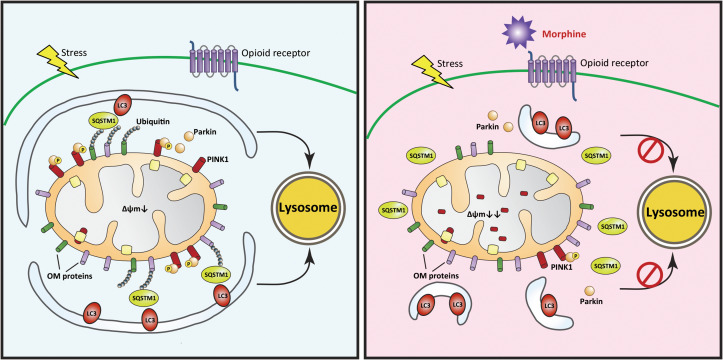
Figure [5]
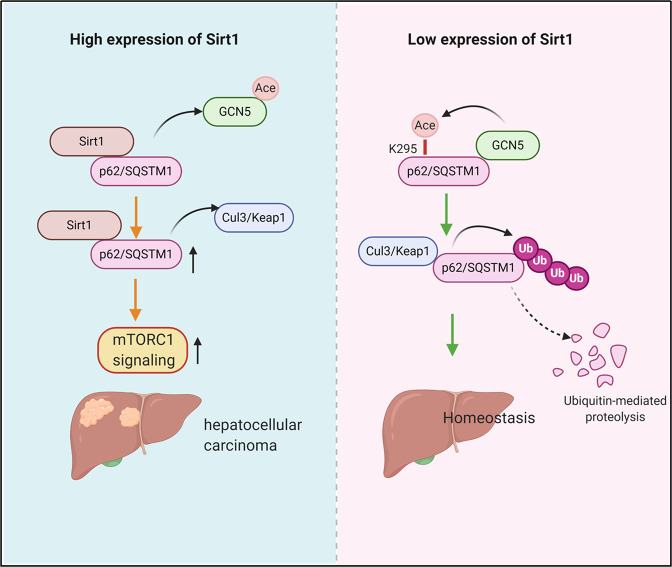
Figure [6]

Figure [7]

Figure [8]
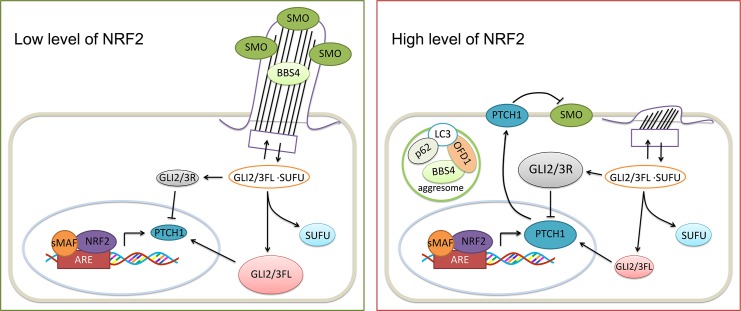
Figure [9]
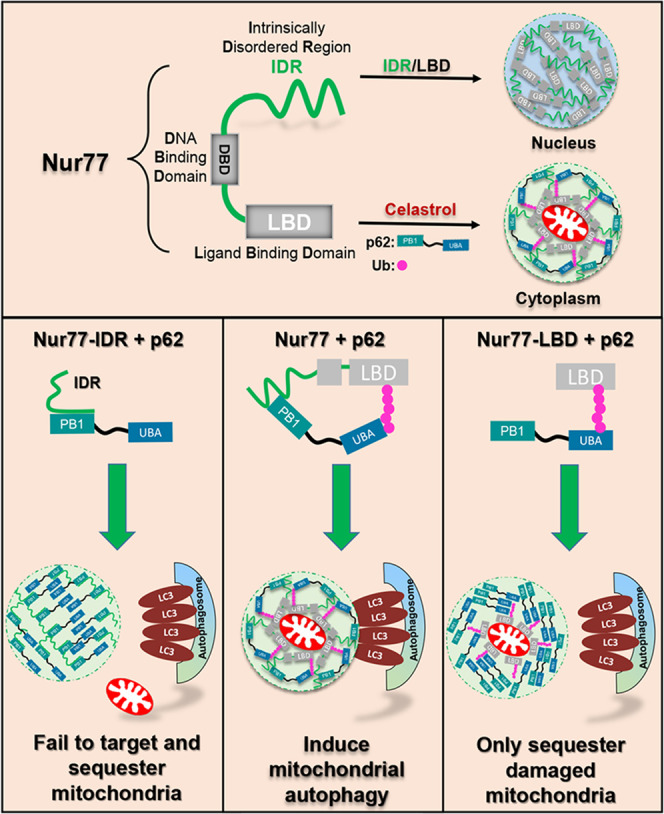
Figure [10]
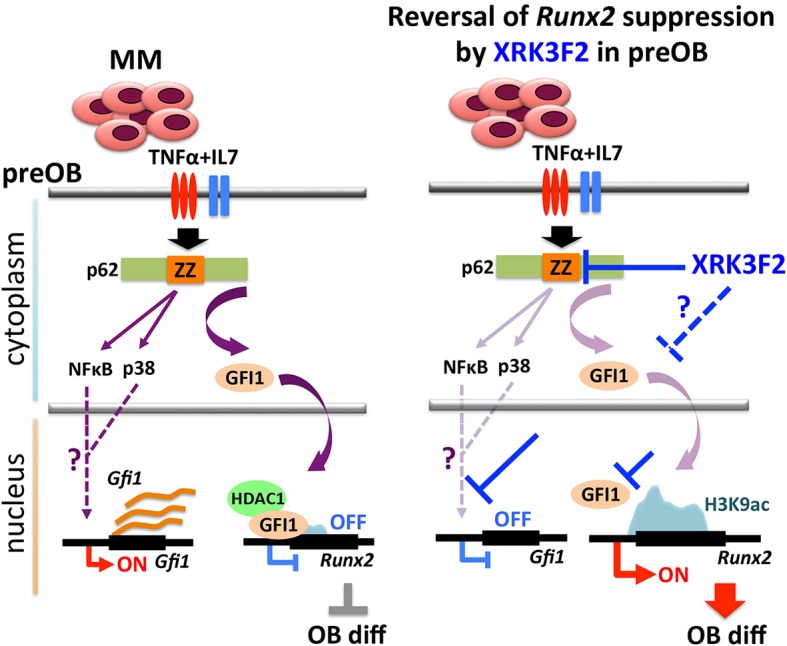
Note: If you are interested in the full version of this target analysis report, or if you'd like to learn how our AI-powered BDE-Chem can design therapeutic molecules to interact with the SQSTM1 target at a cost 90% lower than traditional approaches, please feel free to contact us at BD@silexon.ai.
More Common Targets
ABCB1 | ABCG2 | ACE2 | AHR | AKT1 | ALK | AR | ATM | BAX | BCL2 | BCL2L1 | BECN1 | BRAF | BRCA1 | CAMP | CASP3 | CASP9 | CCL5 | CCND1 | CD274 | CD4 | CD8A | CDH1 | CDKN1A | CDKN2A | CREB1 | CXCL8 | CXCR4 | DNMT1 | EGF | EGFR | EP300 | ERBB2 | EREG | ESR1 | EZH2 | FN1 | FOXO3 | HDAC9 | HGF | HMGB1 | HSP90AA1 | HSPA4 | HSPA5 | IDO1 | IFNA1 | IGF1 | IGF1R | IL17A | IL6 | INS | JUN | KRAS | MAPK1 | MAPK14 | MAPK3 | MAPK8 | MAPT | MCL1 | MDM2 | MET | MMP9 | MTOR | MYC | NFE2L2 | NLRP3 | NOTCH1 | PARP1 | PCNA | PDCD1 | PLK1 | PRKAA1 | PRKAA2 | PTEN | PTGS2 | PTK2 | RELA | SIRT1 | SLTM | SMAD4 | SOD1 | SQSTM1 | SRC | STAT1 | STAT3 | STAT5A | TAK1 | TERT | TLR4 | TNF | TP53 | TXN | VEGFA | YAP1

